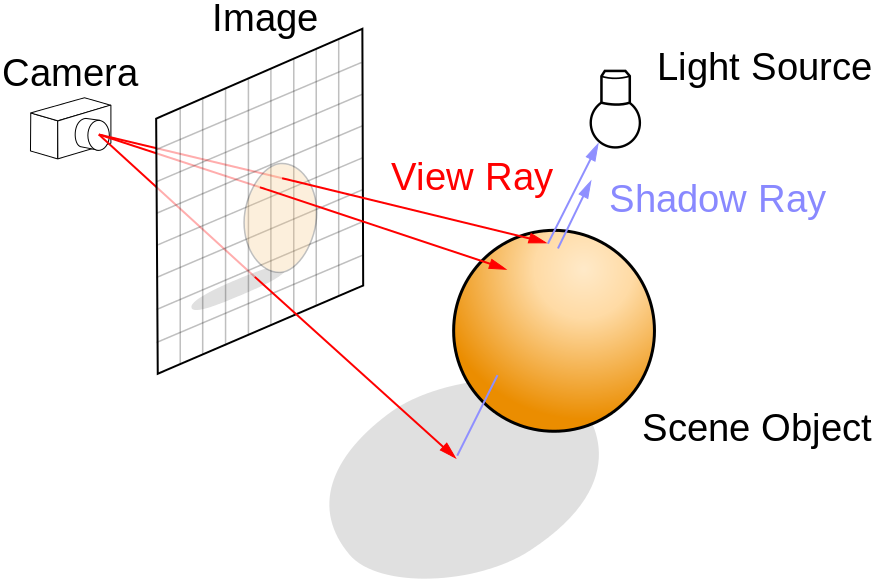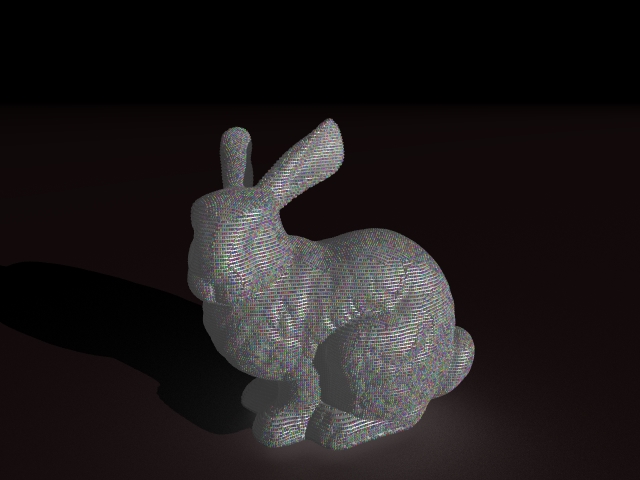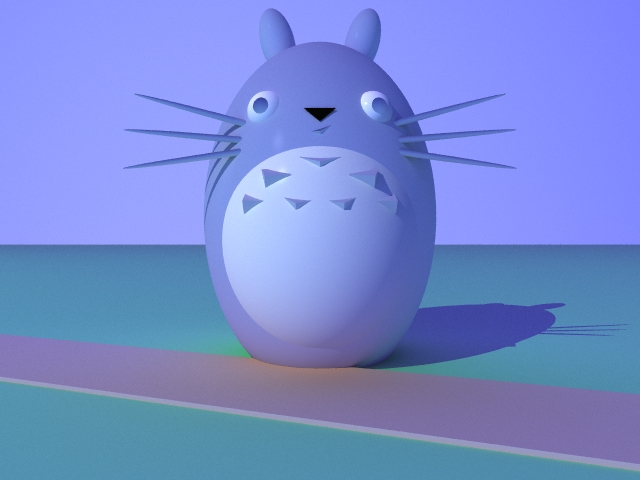Google Cardboard
This short project was a fun (and once working) relatively simple
foray into the realm of virtual reality! The world we created was
kept simple so as to avoid low framerates on mobile devices. It
featured only assets that we obtained outside of Unity tutorials,
which added a bit of extra set up time since most of them needed to
have their textures assigned or their internal hierarchy positions
shifted. The trees being the highest quality we made sure to set
the shaders for the leaves to be the optimal ones for mobile devices.
In our simple world we placed a number of such trees as well as a
circling owl, a frog, and a wolf. All models but the owl (which could
not be reached) had colliders associated with them so that the player
could not simply walk through them. While the trees were kept completely
immobile, the wolf is able to be moved (with effort as it is heavy), and
the frog is easily moved, though its movement had been restricted so it
can only move in a circle. With our world so populated by nature, we
thought it would be appropriate to add relaxing forest ambient sounds as
well, and so we did.
Navigation through the world was done through tilting the headset
forward a little bit in order to walk forward, forward a lot to
run forward, and back in order to move backward. We utilized Unity's
built in terrain editor in order to give the player an interesting expanse
to explore with many hills and variations in the ground across its entirety
thanks to normal mapping. Reaching the edge of the game world resets the player in the center of the map.
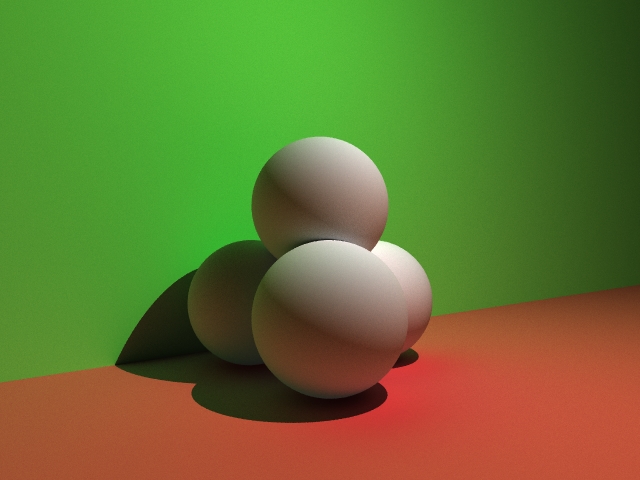
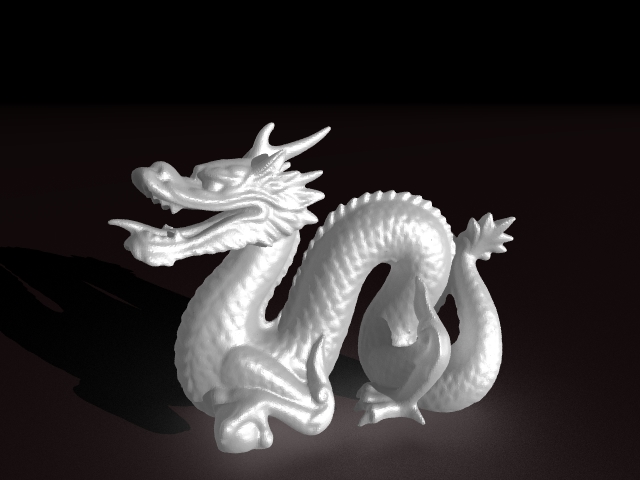
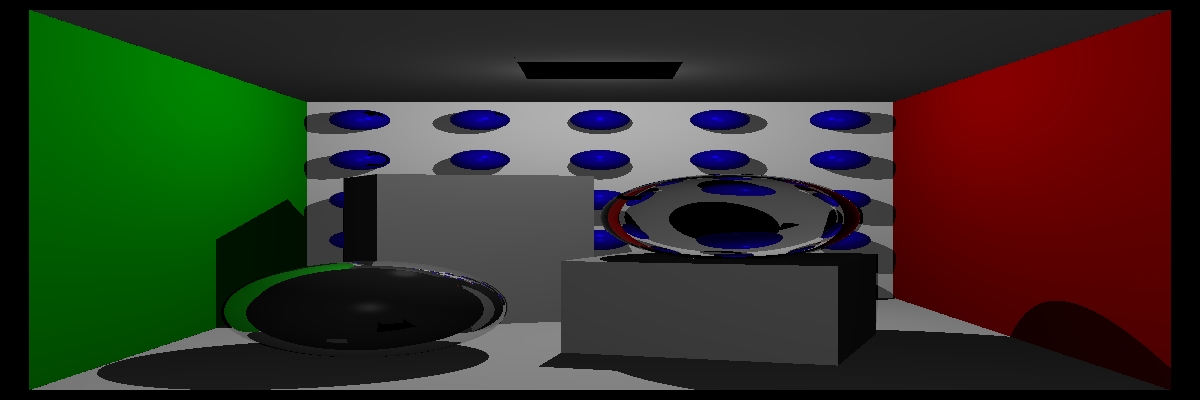 ;
;

